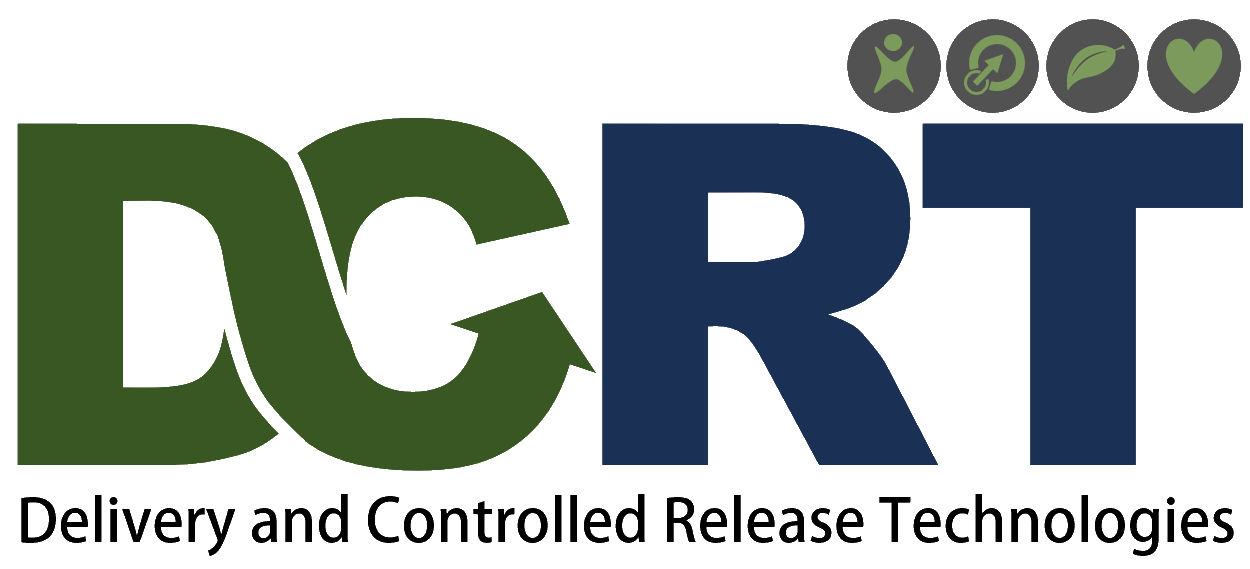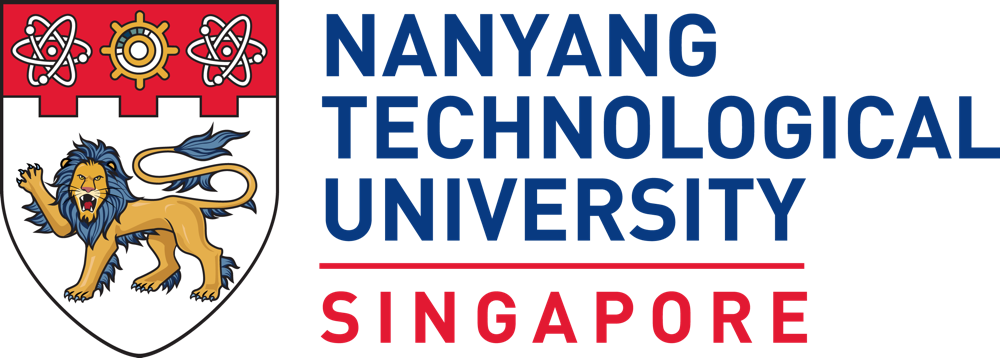 |

| Focus | Highlights | Research Grants | Awards | Facilities| Careers |
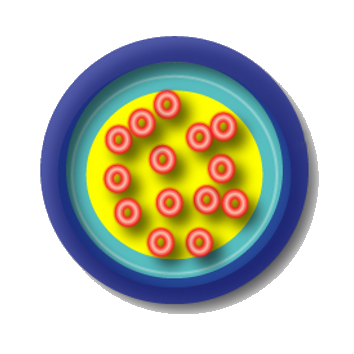 |
Particulate Systems as Drug Carriers A range of biocompatible materials (i.e. PLGA and hydroxyapatite) are synthesized as microparticles and/or nanoparticles for drug delivery. In this work, we have developed multi-layered particles, floatable microcapsules, and hydrophilic-hydrophobic (core-shell) particles for drug delivery applications. The aim is to control and sustain the drug release profile and kinetics by altering particulate parameters. On the same platform, mesoporous bioglass and hydroxyapatite are also synthesized to release other therapeutic agents. |
|
Targeted Delivery of Hybrid Particles for Osteomyelitis Osteomyelitis, or bone infection, is currently treated through systemic delivery of antibiotics over a period of time. Our approach is to utilize nanoparticles as drug carriers to delivery antibiotics to infected bone tissues, thereby increasing efficacy and reducing drug dosage. In this work, we have developed bone-compatible drug-loaded hybrid particles. These particles can target infected bone sites through a bone-targeting ligand. |
 |
|
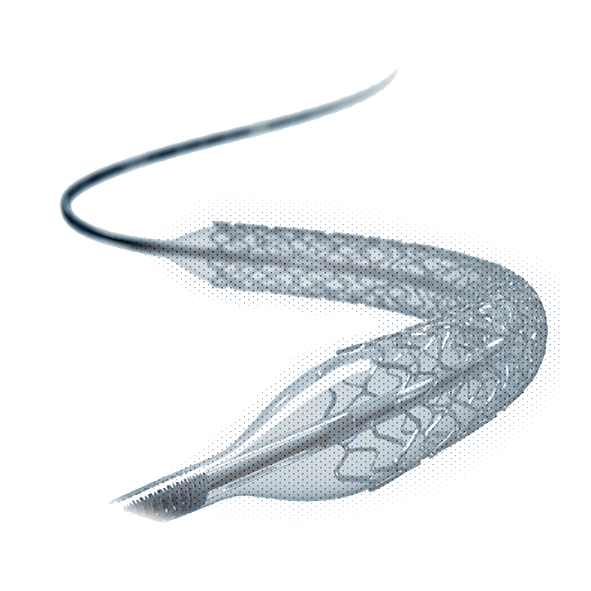 |
Drug-eluting Balloons (DEB) The aim of Drug-eluting Balloons (DEB) is to deliver drugs on-site during balloon angioplasty. In this work, we have developed strategies to control the release of drugs through biodegradable films, with self-adhesive properties. |
|
Nanosafety This multi-disciplinary research sees that a library of specific nanomaterials are synthesized for toxicity testing. In vitro cytotoxicity tests are conducted through a range of assays, while in vivo tests are conducted on zebrafish models. Toxicity results will be evaluated in reference to various particulate parameters to ascertain the key properties that influence toxicity and biocompatibility. |
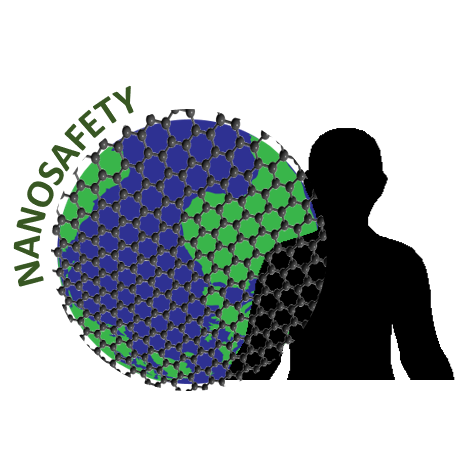 |
|
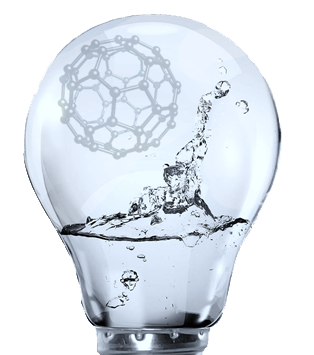 |
Nanomaterials for Environmental and Energy Applications Solar fuels: The goal of this work is to find cheaper alternatives and improved efficiency in the production of hydrogen fuel from water by means of solar energy. Bulk electrode materials and semi-conductor nanomaterials are candidates identified in achieving this goal. Environmental: Microbial electrochemical systems such as microbial fuel cells (MFC) have opened new vistas in microbial redox reactions. However the performance of MFC is often limited by the capacity of the bacteria which colonize the anode to efficiently transfer electrons from the cell to the anode. This project aims to design, synthesize and test the efficiency of Transmembrane Electron Transfer Molecules (TETMs) for use in MFCs and other water remediation applications. |
|
Updated on 10 January 2018 | Copyright @ Delivery and Controlled Released Technologies Laboratory, School of Materials Science and Engineering, Nanyang Technological University |
